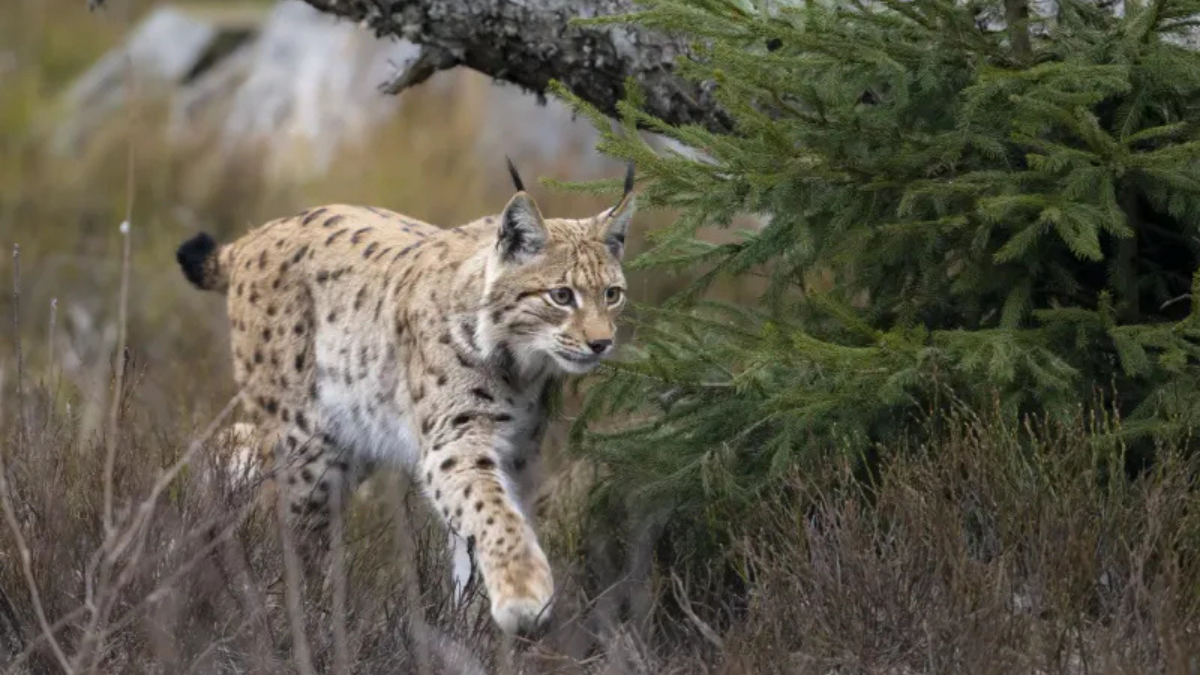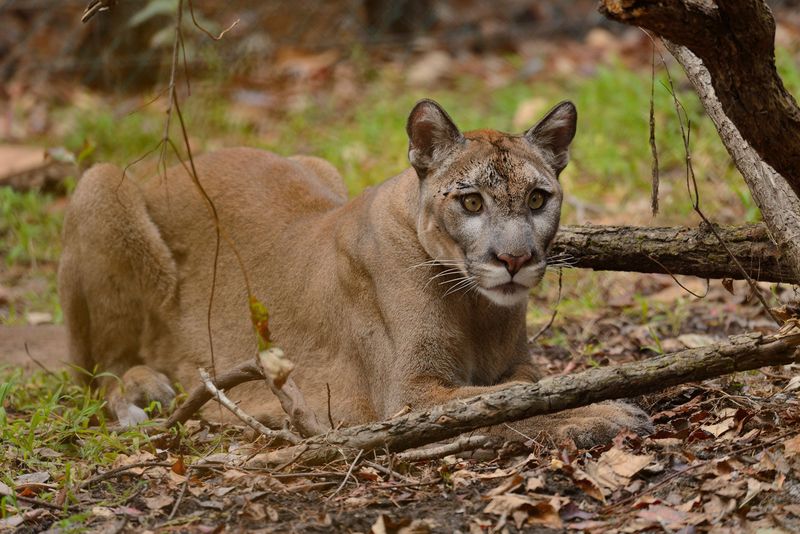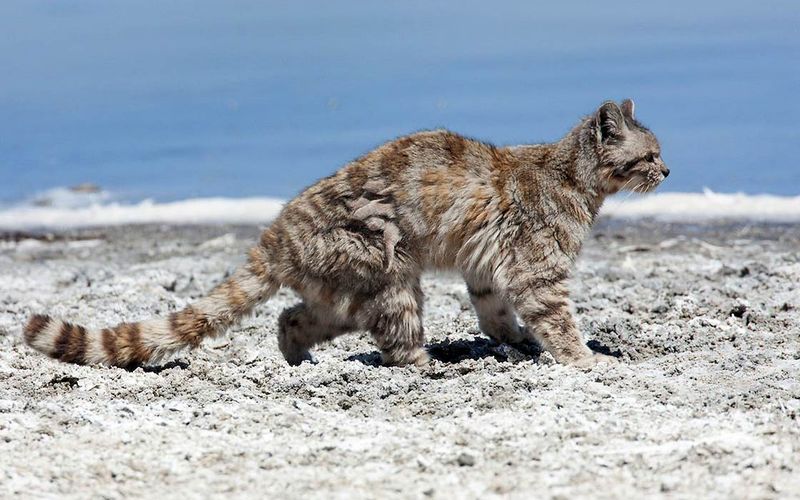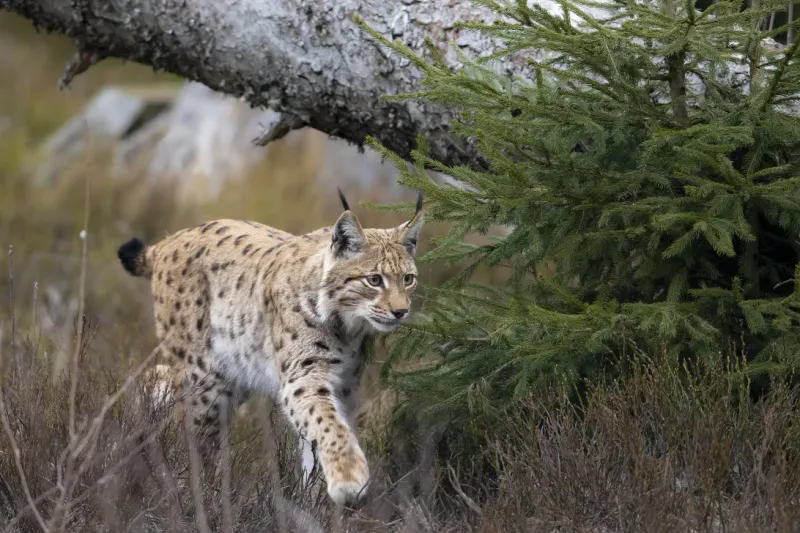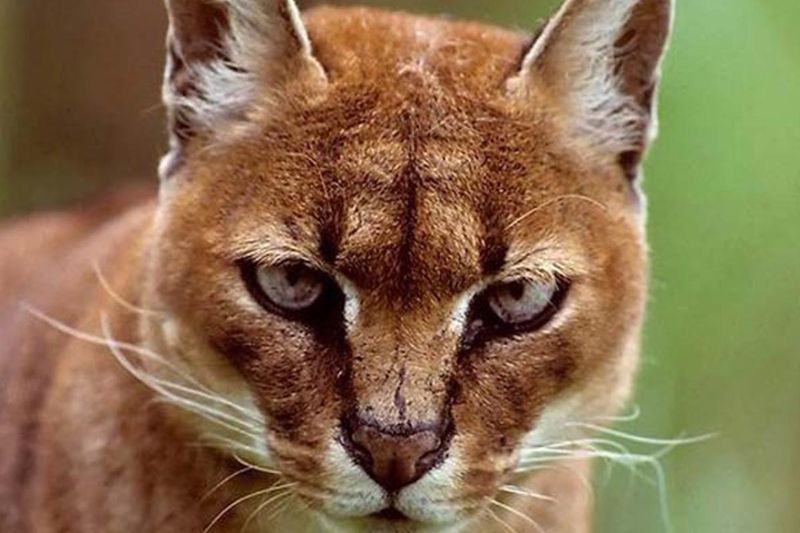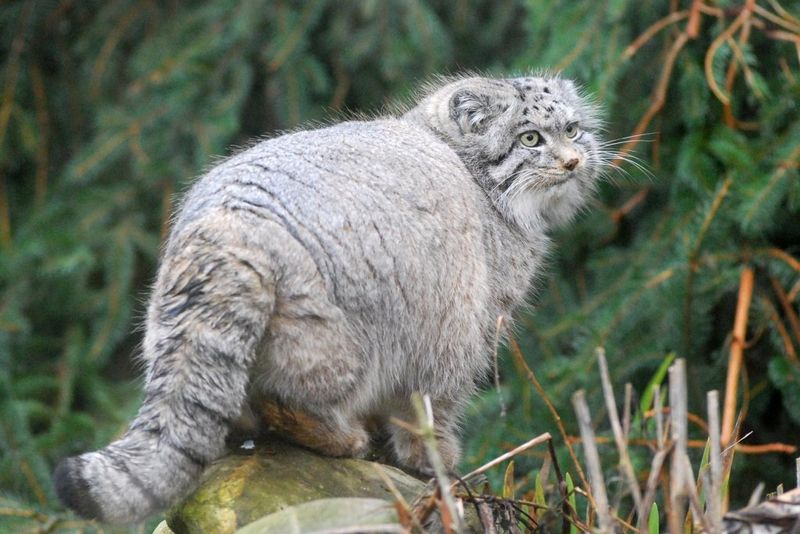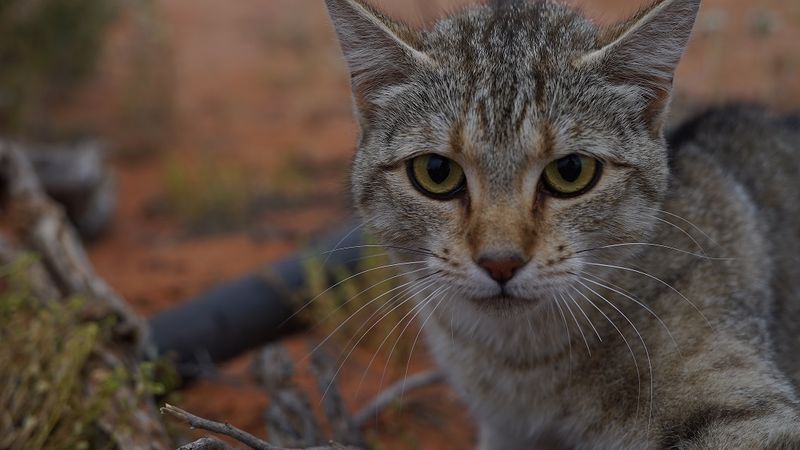📖 Table of Content:
Wild cats rank among the most elusive and fascinating predators in the animal kingdom. Their survival depends on stealth, adaptability, and a deep connection to their natural environments. Each species carries a unique story shaped by evolution and environment.
From the rainforests of Africa to the windswept mountains of South America, these cats have evolved to thrive in some of the world’s harshest conditions. Their physical traits, hunting strategies, and behaviors reflect the ecosystems they inhabit. Despite their resilience, many of these cats remain unknown to most people.
Human activity poses growing challenges to their survival. Habitat destruction, illegal hunting, and climate shifts continue to threaten even the most remote populations. Understanding these rare species helps highlight the urgent need for conservation efforts worldwide.
1. Florida Panther
Hidden in Florida’s swamps and forests, the Florida panther fights for survival with fewer than 200 individuals remaining in the wild. These tawny cats once roamed throughout the southeastern United States but now cling to existence in a small pocket of southern Florida. Florida panthers need huge territories to hunt deer and wild hogs.
Males patrol up to 200 square miles! Conservation efforts have helped numbers slowly increase from just 20-30 panthers in the 1970s. Genetic rescue through introducing Texas cougars has helped combat inbreeding problems that caused health issues like heart defects and poor sperm quality.
2. Andean Mountain Cat
Rarely glimpsed and nearly mythical, the Andean Mountain Cat prowls the high-altitude deserts of the Andes at elevations above 13,000 feet. Scientists didn’t even photograph this cat alive in the wild until 1998! Its thick, ash-gray fur with distinctive orange-brown stripes and spots provides perfect camouflage against rocky slopes.
Local indigenous communities revere these cats as sacred animals that bring good harvests. Unfortunately, this hasn’t prevented their decline. Hunting for traditional ceremonies, habitat loss, and declining prey populations have pushed this beautiful cat to the brink of extinction, with fewer than 2,500 adults remaining.
3. Eurasian Lynx
Masters of forest stealth, Eurasian lynx are Europe’s largest wild cat—about twice the size of a house cat! Their distinctive tufted ears act like satellite dishes, capturing the faintest sounds of prey moving through the forest undergrowth. These powerful hunters almost disappeared from Western Europe due to hunting and habitat loss.
Thanks to reintroduction programs, lynx populations are slowly recovering in countries like Switzerland, Germany, and France. Eurasian lynx are incredibly secretive. Researchers often track them for years without ever seeing one in person! Their massive snowshoe-like paws allow them to walk on deep snow while hunting during harsh European winters.
4. African Golden Cat
Shadows rule the life of the African Golden Cat, a medium-sized wild cat that haunts the dense rainforests of Central and West Africa. So elusive that scientists know surprisingly little about its behavior, this secretive hunter comes in two color variations: reddish-brown or slate-gray.
Camera traps have captured these cats hunting both day and night, showing they don’t follow strict activity patterns like many other cats. Their diet includes everything from rodents to small antelopes. Bushmeat hunting threatens these cats directly, while deforestation fragments their habitat. Indigenous tribes sometimes use golden cat tails and skins in traditional ceremonies.
5. Pallas’s Cat
Round pupils set Pallas’s cats apart from most wild felines, giving them an almost permanently grumpy expression that’s captured the internet’s heart. These small, stocky cats survive in the harsh steppes and mountains of Central Asia, where temperatures plummet to -50°F. Their incredibly dense fur—the longest and thickest of any cat—has nearly twice as many hairs per square inch as a domestic cat.
This insulation helps them survive brutal winters without hibernating. Pallas’s cats are ambush hunters that pounce on small mammals and birds. Unlike most cats, they’re terrible climbers but excel at using rock crevices for hunting and denning.
6. Feral Cat
Unwanted invaders with devastating impact, feral cats in Australia represent a conservation nightmare rather than a natural treasure. Introduced by European settlers in the 1800s, these domestic cats gone wild have adapted perfectly to Australia’s varied landscapes. These ecological wrecking balls kill an estimated 2 billion native animals annually! Their hunting prowess has contributed to the extinction of at least 20 native Australian mammals.
Some feral cats in Australia’s interior grow to enormous sizes—up to twice as large as an average house cat—earning them the nickname “supercats.” Remote camera traps have captured these massive predators taking down surprisingly large prey like small wallabies.
